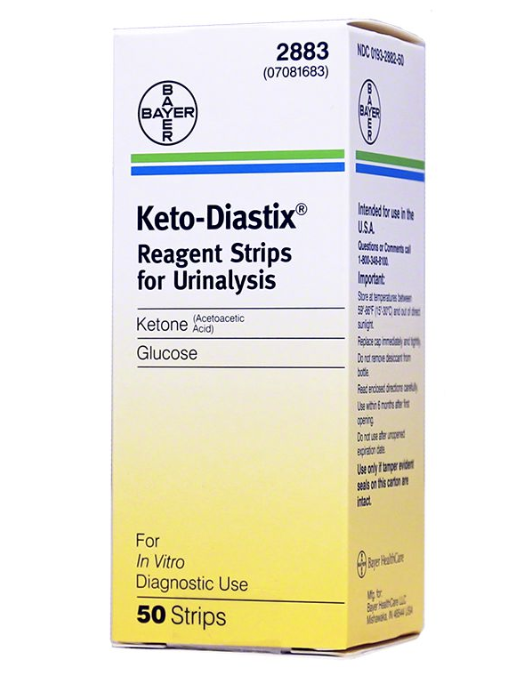What is Diabetic Ketoacidosis (DKA)?
What is DKA?
Diabetic ketoacidosis (DKA) is a very serious complication of high blood sugar. DKA happens when there isn't enough insulin in your body to help your cells burn glucose for energy, so the body begins to burn fat instead, creating ketones. Ketones work to break down fat for energy, and they build up in your blood. This buildup can make you very, very sick as it makes your blood more acidic, essentially poisoning the body.
If ketone levels are too high, DKA can happen. Diabetic ketoacidosis can lead to coma or death.
What are the signs of DKA?
Thankfully, there are signs and symptoms of DKA, and it tends to develop slowly, so there's time to stop it in its tracks. The symptoms that usually develop first are excessive thirst, frequent urination, and high blood sugar.
If you are pumping insulin, ketones can come on more quickly in the event of a pump failure or occlusion because you aren't running basal insulin. Pumpers should especially be on watch for DKA as a result.
However, if ketones remain present for a while, other symptoms start showing up, like excessive lethargy, dry skin, difficulty breathing, confusion, nausea, and a distinctly fruity odor on your breath. (The odor comes from the presence of ketones; sometimes it is described as smelling like acetone, similar to model airplane glue or similar.)
How do I check for ketones?
You can check for ketones using urinalysis strips or a blood ketone meter. (Here at CWD, we highly recommend using a blood ketone meter.) Since ketones in the blood can be detected well before ketones in the urine, there is the possibility to treat sooner than you would if you waited for urine testing to show a positive result. Blood ketone testing can be easier for parents who have very young children with diabetes who do not always have the ability to urinate on command. Also, being able to test with a finger stick eliminates the need to find a bathroom to test if you're away from home or when kids are at school.
Urine ketone testing uses urine ketone strips to determine the presence of ketones in the urine. These strips are made by many companies, and some familiar brands are Clinistix®, Ketostix®, and Keto-Diastix®. To use urine ketone strips, you either collect a urine sample and dip the test strip into the urine, or you urinate on the test strip. You then wait a specific amount of time and look for a color change in the strip. The color will indicate the amount of ketones in the urine.
Urine test strips typically expire 90 days after a vial of test strips is opened. For that reason, if you use urine ketone strips, you may wish to consider getting a box of individually foil wrapped ketone test strips. While foil wrapped ketone strips are more expensive per strip than a vial of ketone strips (about 40 cents per strip versus as little as 16 cents per strip for a vial of 100), you will likely throw away less strips due to expiration dates and could save money in the long run. Most pharmacies carry vials of ketone strips, but may need to order a box of foil wrapped strips.
Signs of DKA
Early symptoms include the following *:
- Thirst or a very dry mouth
- Frequent urination
- High blood glucose (blood sugar) levels
- High levels of ketones in the urine
Then, other symptoms appear:
- Constantly feeling tired
- Dry or flushed skin
- Nausea, vomiting, or abdominal pain
- Difficulty breathing
- Fruity odor on breath
- A hard time paying attention, or confusion

